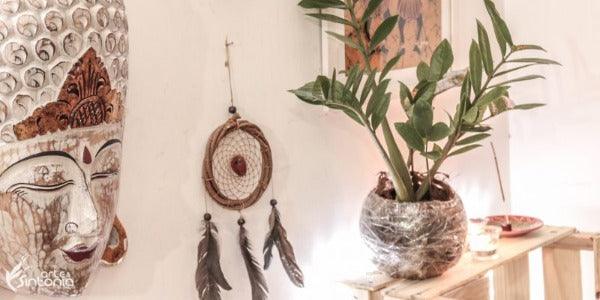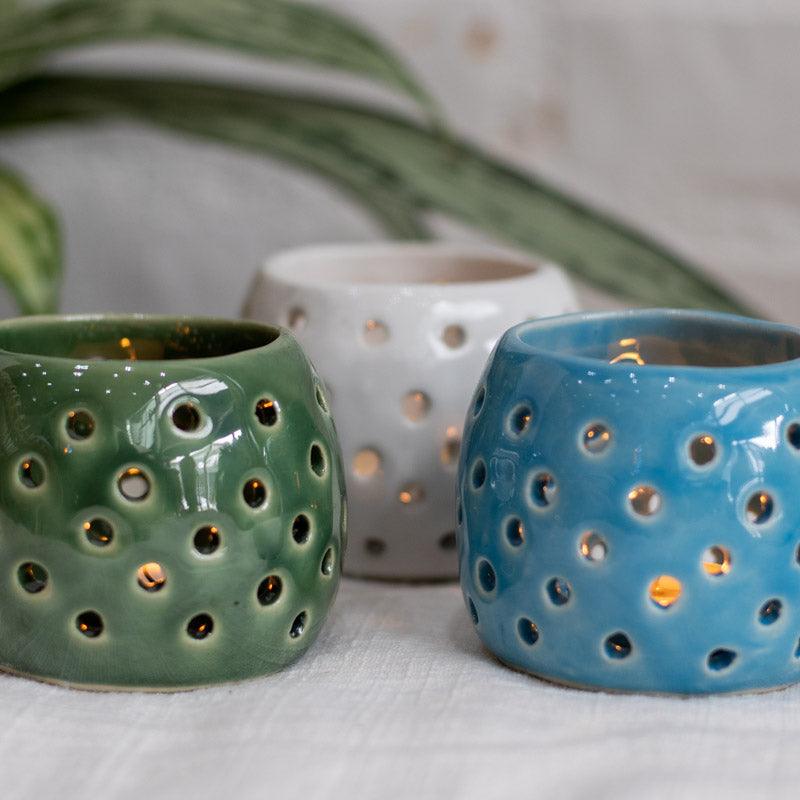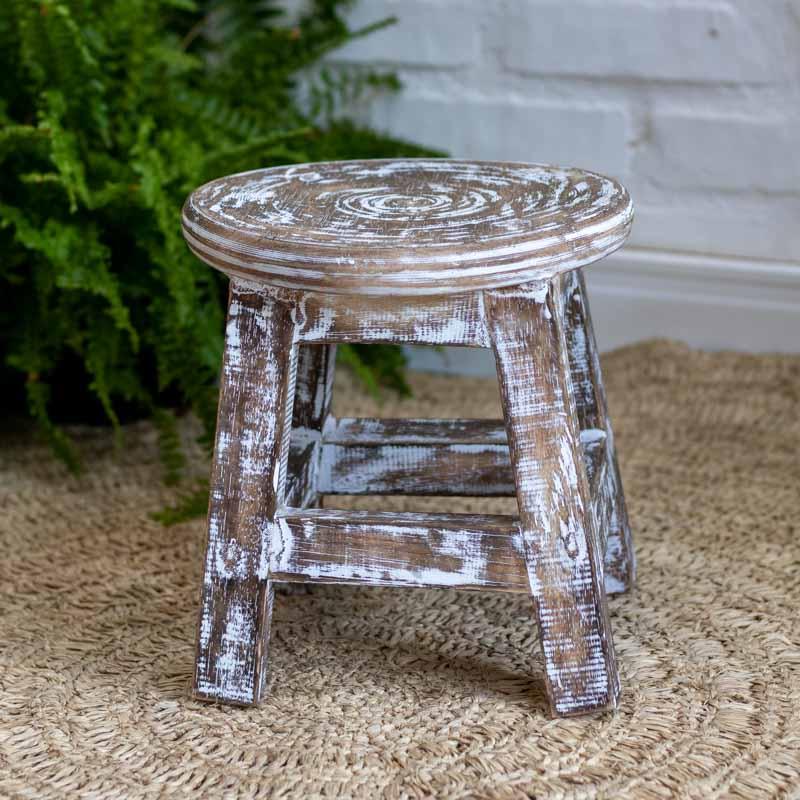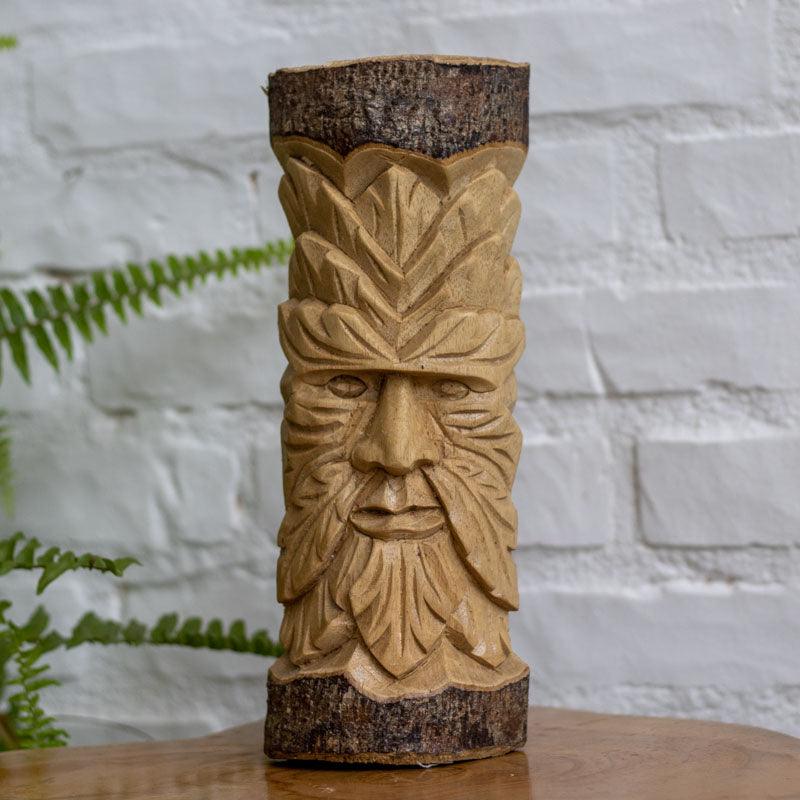Anyone who has ever admired the poetry and lightness of the moment when the air stream crosses the window and subtly moving the fringes and feathers of a dreamcatcher can fully understand that the small details that form the “spider web” structure are equally enchanting and loaded with the noblest purposes and meanings.
Gradually we realized that the material culture of the Amerindian peoples of Canada ( First Nations ) are present in our daily lives as decorative arts , lending the rusticity of their aesthetics to interior decoration and their stories and legends so that we can reframe our connection with spirituality and ancestry; in addition to turning our perception to the action of nature in the cycles of life.
According to ethnographer Frances Densmore, this Aboriginal art originates from the Ojibwe Indian tribe (also spelled as Ojibwa , Ojibwa or by the anglicized name Chippewa ) and was disseminated to other Native American tribes such as Lakota , Cherokee and Navajo through cultural exchange favored by trade and for weddings. It was later adopted as a symbol of unification of these peoples during the Pan-Indian Movements between the 60s and 70s.

The filter's web traps the bad dreams that expire with the sun's rays.
There are many legends that conceptualize the development of the dream filter and its spiritual meaning, but before knowing them, it is essential to understand the relevance of dreams in the Ojibwe culture . They were fundamental and filled with prophetic purposes, to predict the future or the name of newborns; spiritual, in order to guide in difficulties and symbolic, in order to define personal meanings for symbols.
In Ojibwe, the dreamcatcher is symbolically called asabikeshiinh , which means spider, due to its origin linked to the folk tale of Asibikaashi , a spiritual figure with hybrid “human-arachnid” constitution or spider woman who made the sun ( giizis ) shine again for the tribe.
According to legend, she wove dream catchers into all the cradles to protect the children until the exodus of the population when the women of the family braided them to hold back nightmares ( bawedjigewin ) allowing only good dreams ( bawadjige ) to pass through. The bad dreams trapped in the webs of eight points, representing the legs of the spider, expired at the first rays of the sun.

Dream catchers are related to the force of nature in the cycles of life.
With the expansion of this protective amulet in other tribal cultures, the legends were adapted according to their own traditions. The stories of the Lakota tribe , for example, are among the best known. One attributes the creation of the dreamcatcher to Iktomi , a spiritual figure who appeared in the form of a spider to a Lakota leader during his meditation atop a mountain.
Iktomi made a willow hoop, formed a web from the outside to the inside with a circle in the center along with feathers, beads and arrowheads and explained the relationship of this amulet with the force of nature acting on the cycles of life, as well as its connection among all that exists, encouraging him to reproduce it so that the sweet dreams blown by the winds of the night could be captured by all the people.
For the Lakota , dreamcatchers carry their destinies, help or interfere with the harmony of nature, hold the energy of the Great Spirit and its teachings.

The hoop symbolizes unity and the web represents the protection that filters the energy of the universe.
Densmore claimed that ancient dreamcatchers were traditionally made in the shape of a hoop or teardrop (droplet) with red willow twigs, web woven with nettle stem threads, and adorned with natural elements and everyday remnants such as feathers, wooden beads, arrowheads and stones. Each contributing energetically with its particular meaning.
The willow hoop represented the strength and unity of mother earth, the sun and the cycles of life; the web ( web ) symbolized the spider that weaves protection for our dreams filtering the energy of the universe; the feathers, on the other hand, demonstrated the spirit, the purposes attributed to the filter and the subtle access to good dreams. Owl feathers, for example, expressed knowledge while eagle feathers bestowed courage.
The beads, in turn, showed the 7 directions of the web that claim blessings for the 7 prophecies of Anishinaabe 's fire; while the arrowheads (or arrows) manifested resistance, protection and pointed the 4 directions of the wind (north, south, east and west).

Dreamcatchers can be used in environments as catalysts.
Since the diffusion between cultures until the present day, the meaning of the dream filter has undergone many changes. As far as the structure is concerned, the rim started to be made with more durable materials such as bamboo and in other shapes such as the moon ; spider web gave way to other types of weaves and decorative patterns granting different designs, nettle was replaced by non-perishable threads and feathers and natural beads were adapted to synthetic ones.
The spiritual tradition of dream catcher production together with energy care was reconciled with the traditions and beliefs of other peoples. Those of the Cherokee , for example, are drawn in interlocking circles with the influence of numerology. Those of our time have a greater aesthetic concern for decorative purposes and are not only used under the beds, but hung in the environment or wall decoration enjoyed as energy catalysts .
Indigenous arts such as dreamcatcher crossed generations and cultures to show the importance of accessing spirituality, understanding natural wisdom, fully experiencing life cycles and enriching interior decoration with lofty purposes. These are also principles present both in our virtual store and in the Zen arts selected for our collection in order to transform the energy of environments.
Namaste!
Milene Sousa - Art & Tune













